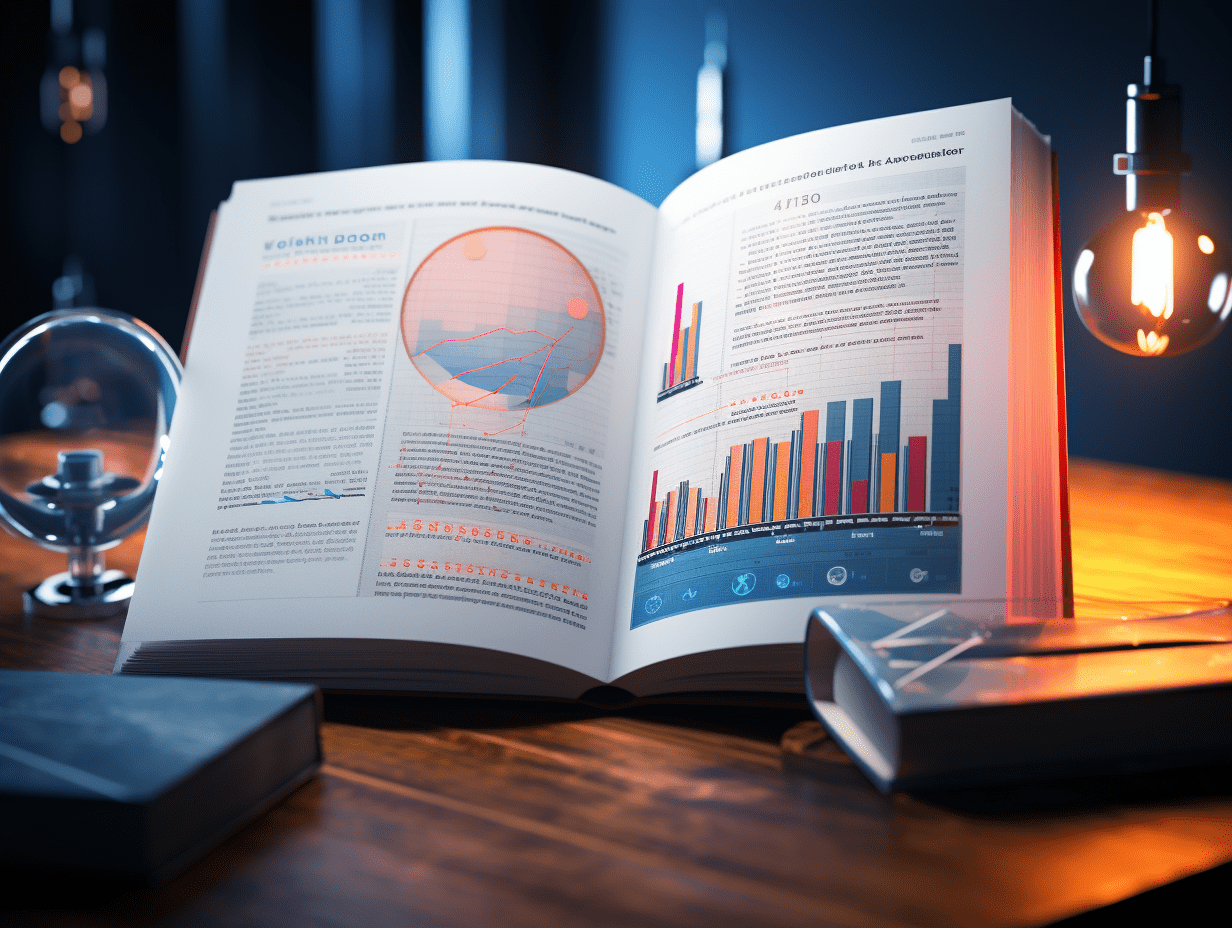Economists raise their forecast for U.S. economic growth in the coming two years, but warn that job growth will remain weak.
According to a survey by the National Association for Business Economics (NABE), economists have raised their forecasts for economic growth in the United States for this year and next year, but expect employment growth to remain weak.
According to a survey by the National Association for Business Economics (NABE), economists have revised their forecasts for US economic growth for this year and next year upwards, but expect job growth to remain weak. The surveyed economists expect the US Gross Domestic Product (GDP) to grow by 1.8% this year after adjusting for inflation, higher than the June forecast of 1.3%. This upward revision in the forecast mainly reflects a significant improvement in expectations for business investment. Economists also expect the US economy to grow at a similar pace in 2026.
At the same time, NABE panel members expect average monthly job growth in the US this year to be 60,000 people, lower than the previous forecast of 87,000 people several months ago. In recent months, job growth in the US has slowed significantly, leading the Federal Reserve to cut interest rates by 25 basis points in September. The surveyed economists expect the Fed to cut interest rates by another 25 basis points this year, followed by a further 75 basis point cut in 2026.
Due to a series of significant and frequent policy changes implemented by US President Trump, forecasting the US economic outlook for this year has been particularly challenging. For example, the impact of tariffs on inflation has been slower and more moderate than many economists expected. NABE panel members expect that the US inflation rate will remain above the Fed's 2% target until next year, but the year-on-year growth rate of the PCE price index is expected to decrease from 3% this year to 2.5% by the end of 2026.
Related Articles

Goldman Sachs: By 2026, American households will become the "strongest buyers" of US stocks, with net purchases potentially reaching $520 billion.

After being criticized for their "fantasy economics," the UK Reform Party quickly made a U-turn: abandoning their promise of a 90 billion pound tax cut.

"US junk bonds see the worst drop in six months, and sensitive investors are starting to recall 2007."
Goldman Sachs: By 2026, American households will become the "strongest buyers" of US stocks, with net purchases potentially reaching $520 billion.

After being criticized for their "fantasy economics," the UK Reform Party quickly made a U-turn: abandoning their promise of a 90 billion pound tax cut.

"US junk bonds see the worst drop in six months, and sensitive investors are starting to recall 2007."

RECOMMEND

Comprehensive Subsidy Phase-Out: Is China’s Auto Market Nervous Ahead of Golden Week?
30/09/2025

“A+H” Listing Momentum Continues as 20 A‑Share Companies Plan Hong Kong IPOs, PCB Leaders Dongshan Precision and Hoshine Among Them
30/09/2025

Copper Poised as the “New Oil” as Western Grids Lag Behind China, Goldman Sachs Warns
30/09/2025


